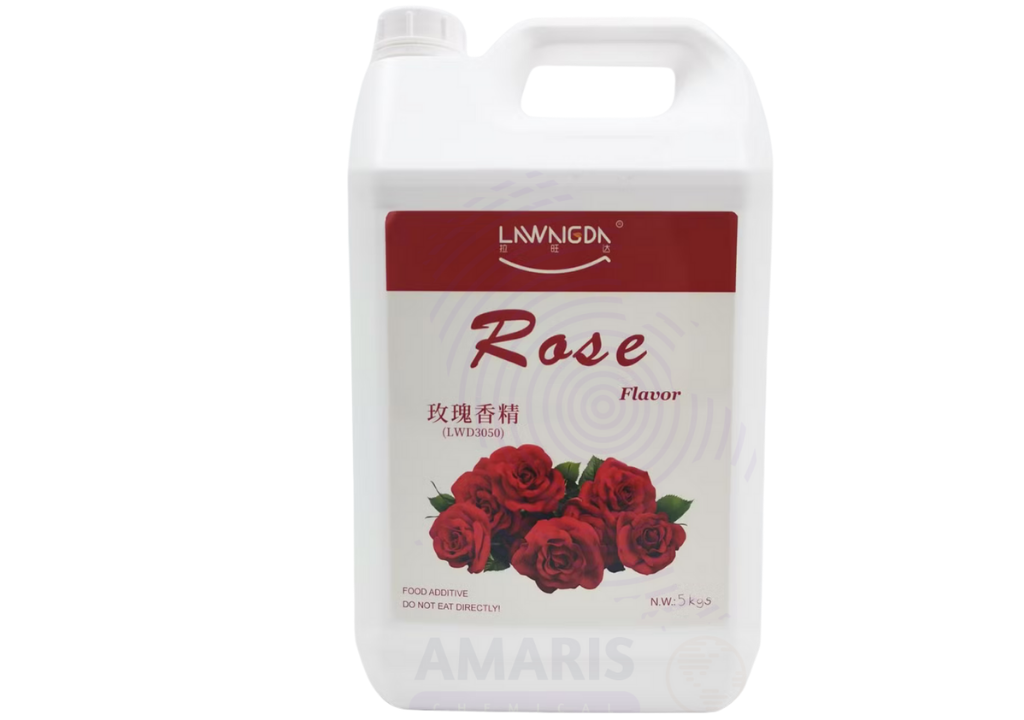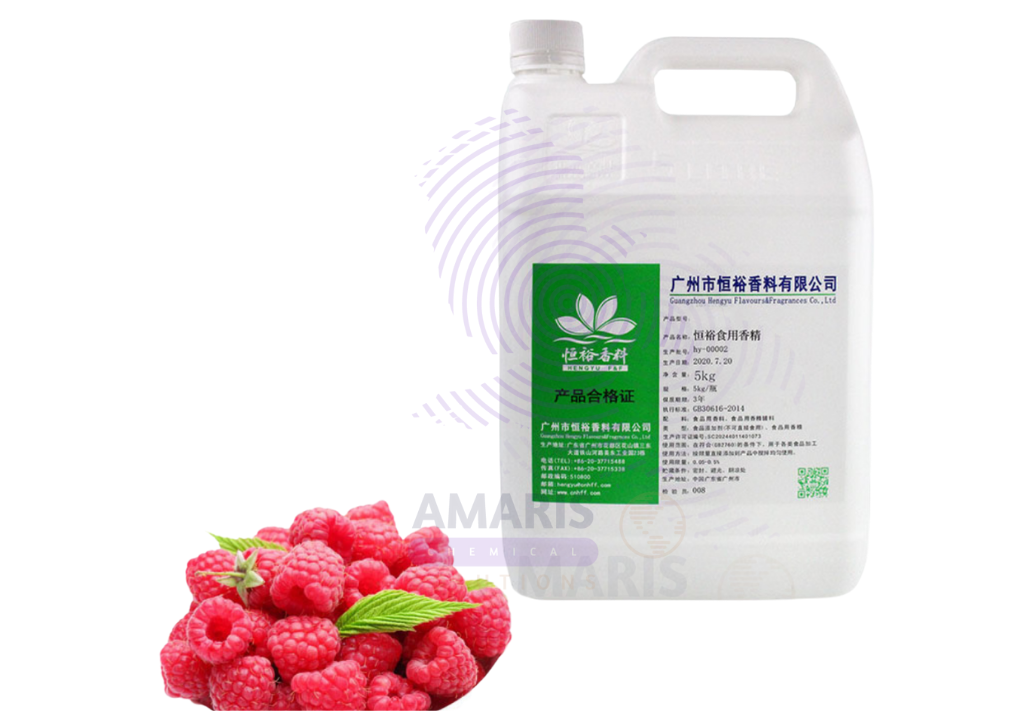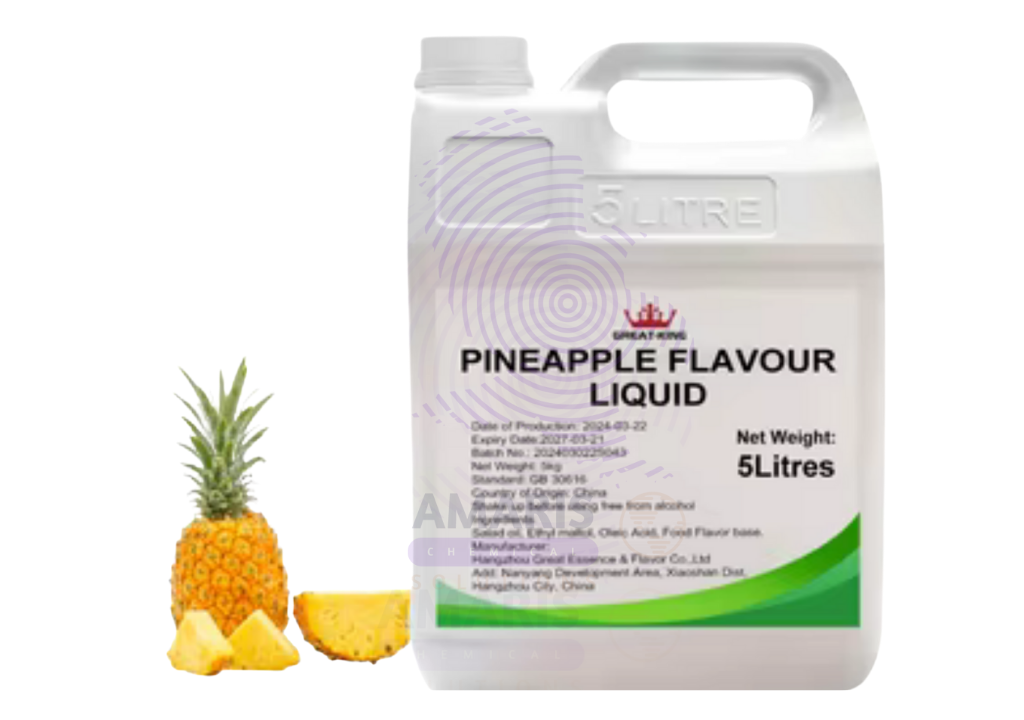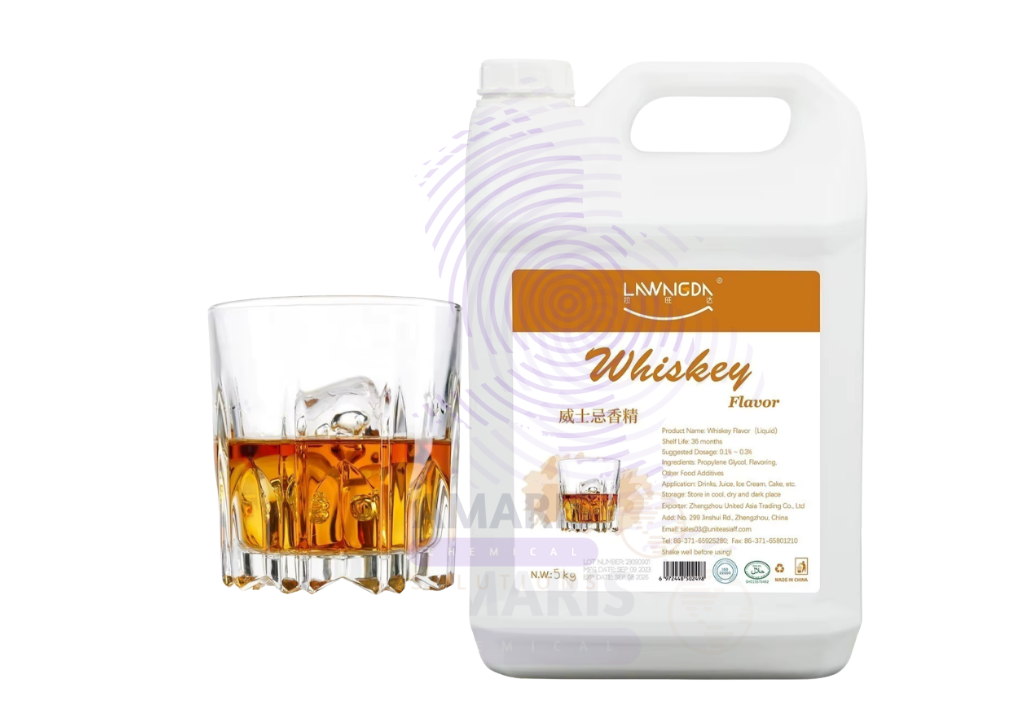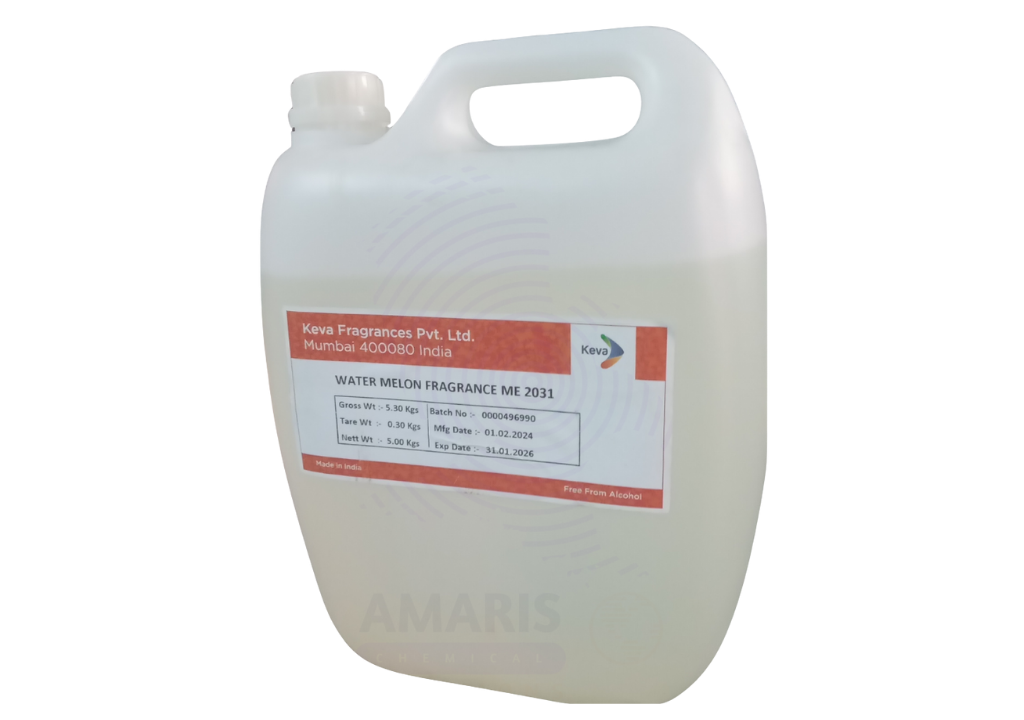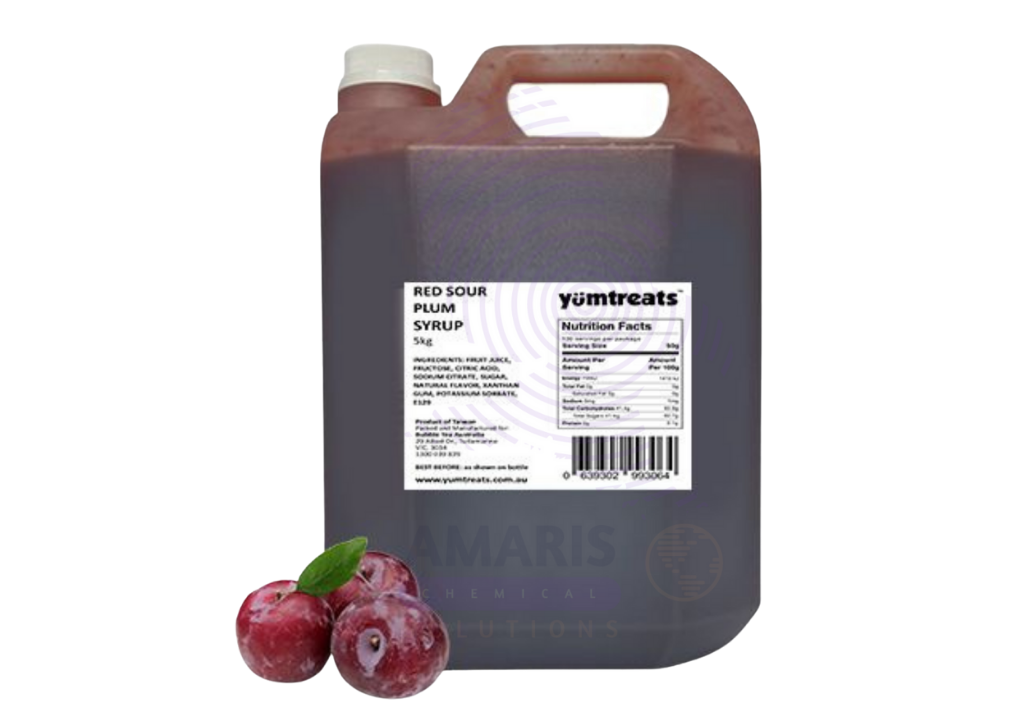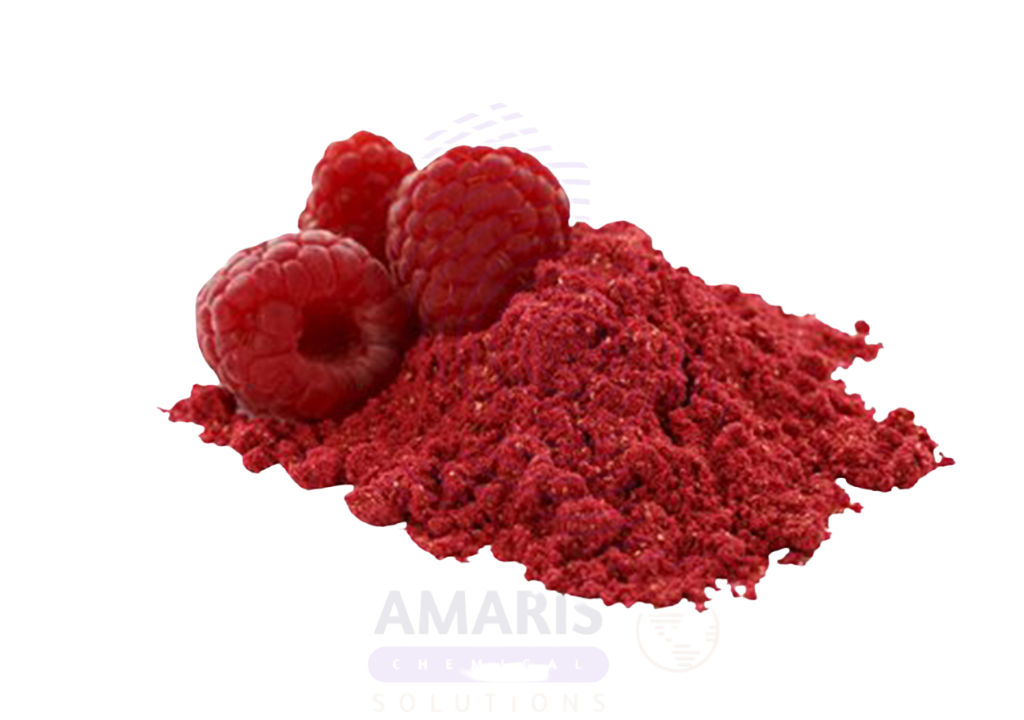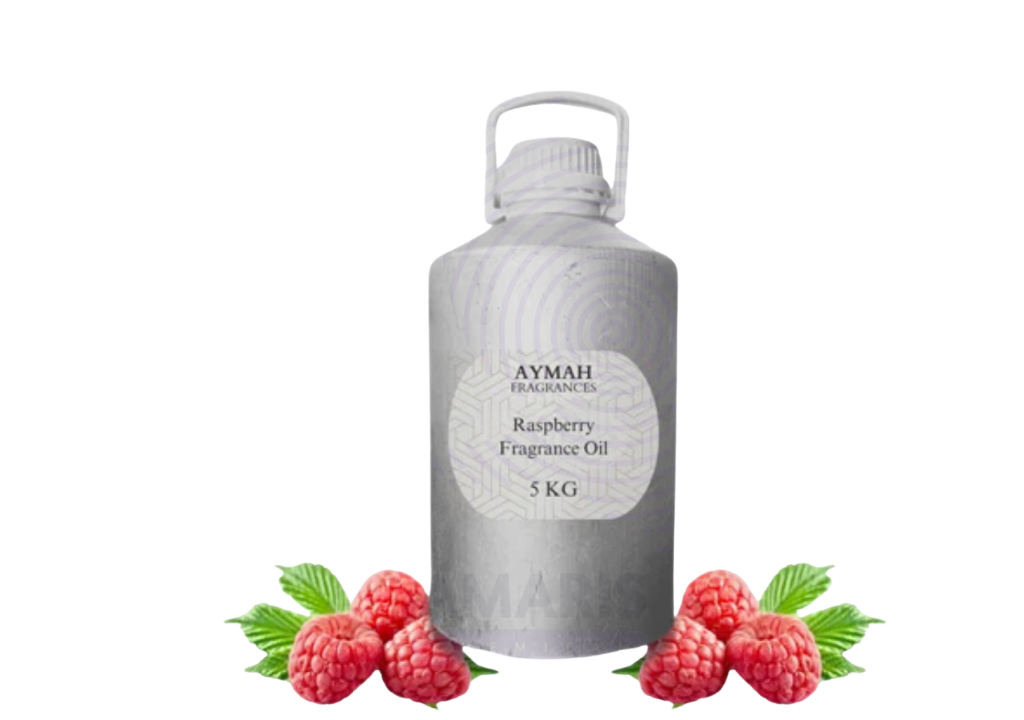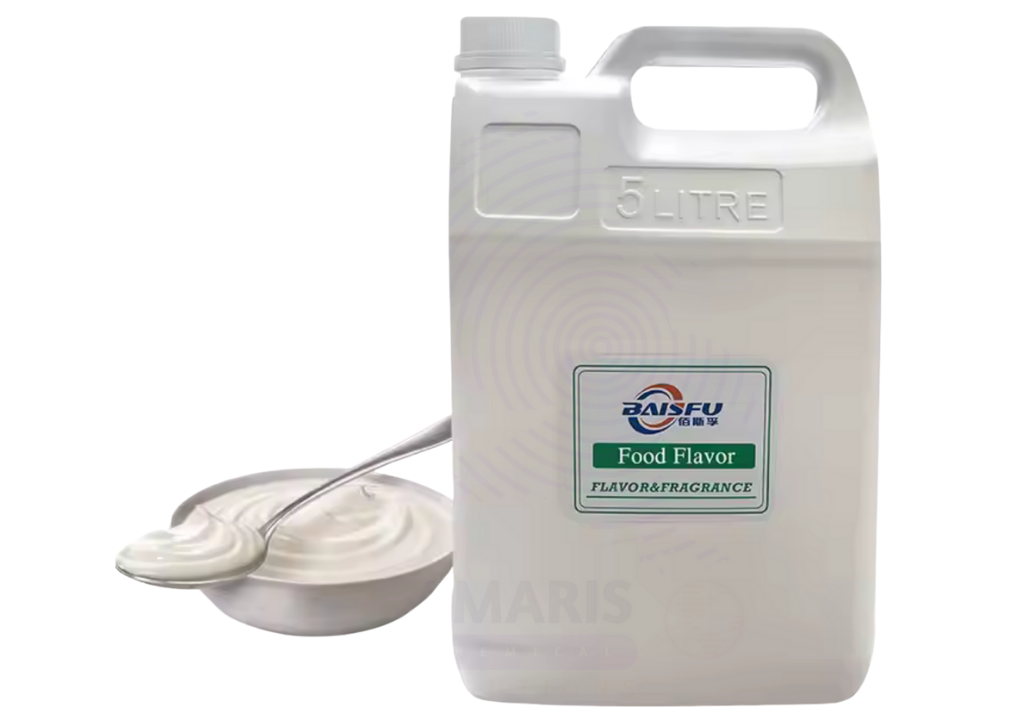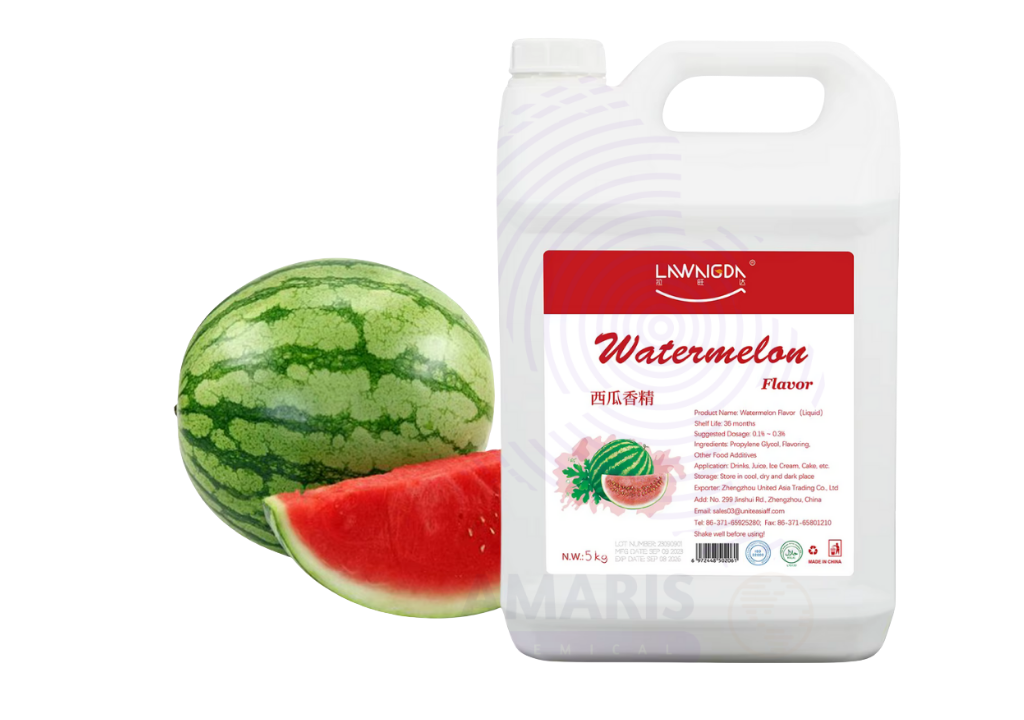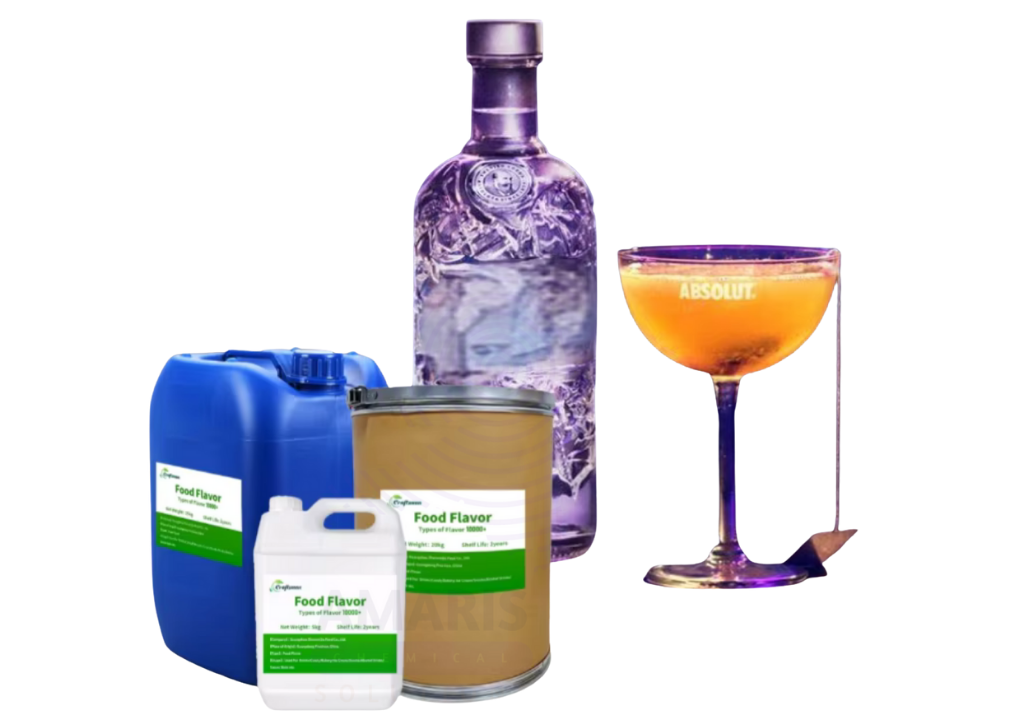🧪 Heavy Calcium Carbonate: The Reliable Backbone of Modern Industry
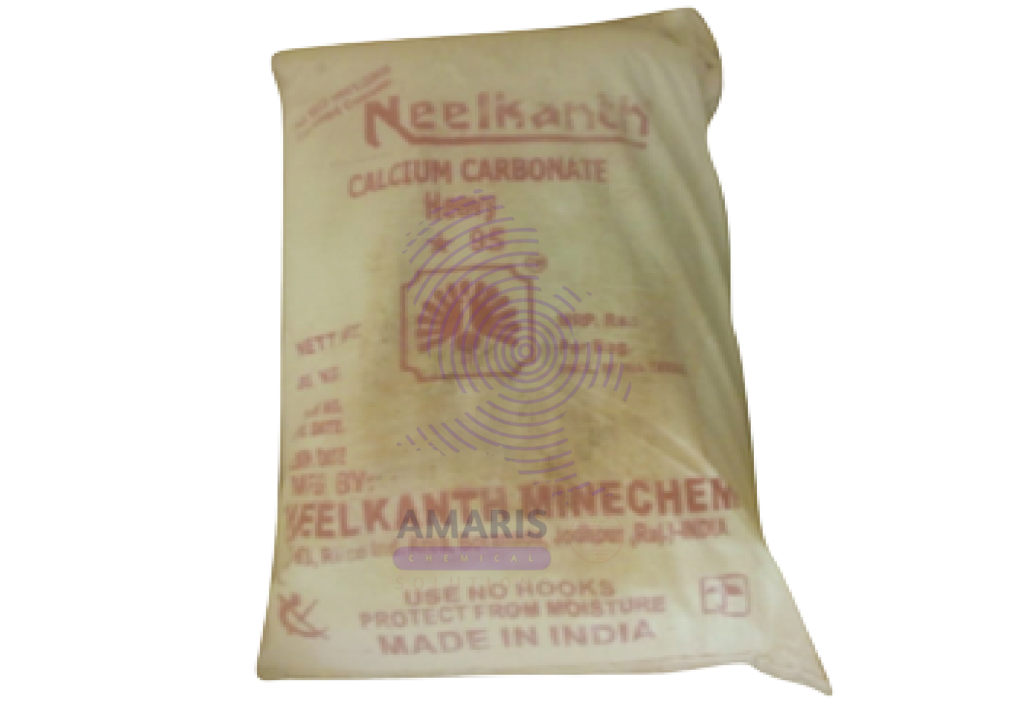
When we think of versatile industrial materials, Heavy Calcium Carbonate (CaCO₃) stands out as a quiet yet powerful performer. Found in everything from plastics and paints to food and pharmaceuticals, this mineral compound supports countless production processes — improving texture, strength, and stability wherever it’s used. At Amaris Chemical Solutions, we celebrate materials like Heavy Calcium Carbonate that bridge natural origins with modern innovation. 🌍⚙️
🏔️ What Is Heavy Calcium Carbonate?
Heavy Calcium Carbonate, also known as Ground Calcium Carbonate (GCC), is a naturally occurring form of calcium carbonate produced by grinding high-purity limestone or marble into fine powders. Unlike light (precipitated) calcium carbonate, the heavy form is obtained mechanically rather than chemically, retaining a denser particle structure.
It appears as a white, odorless, tasteless powder, known for its high purity, brightness, and stable chemical composition.
⚙️ Key Physical and Chemical Properties
- Chemical formula: CaCO₃
- Appearance: White, fine, odorless powder
- Molecular weight: 100.09 g/mol
- Solubility: Insoluble in water, soluble in acids
- Density: ~2.7 g/cm³ (heavier than light calcium carbonate)
- Stability: Stable under normal conditions; decomposes upon strong heating to release CO₂
These properties make Heavy Calcium Carbonate a durable and dependable additive across numerous industries.
🧱 Industrial Applications of Heavy Calcium Carbonate
🏗️ 1. Construction and Building Materials
Heavy Calcium Carbonate is widely used in cement, concrete, and building fillers due to its excellent mechanical strength and low oil absorption. It improves durability and reduces production costs, making it a key ingredient in modern construction.
🎨 2. Paints and Coatings
As a functional filler, it enhances paint opacity, brightness, and viscosity while improving weather resistance. It also helps prevent settling and provides a smooth finish to coatings.
🧴 3. Plastics and Rubber
In plastic and rubber manufacturing, Heavy Calcium Carbonate serves as a reinforcing agent — increasing product rigidity and thermal resistance while reducing material costs. Its fine texture ensures easy blending and consistent dispersion.
🧻 4. Paper and Printing
Used as a paper filler and coating pigment, it improves paper brightness, printability, and smoothness, giving a premium finish to notebooks, magazines, and packaging papers.
🧁 5. Food and Pharmaceuticals
In food applications, Heavy Calcium Carbonate (food-grade) acts as a calcium supplement, anti-caking agent, and acidity regulator.
In pharmaceuticals, it’s used in tablets, antacids, and vitamin formulations, offering a safe, bioavailable calcium source. 💊
🧼 6. Detergents and Cleaning Products
Its mild abrasiveness makes it useful in cleaning agents and scouring powders, providing efficient scrubbing action without damaging surfaces.
🌿 Environmental and Safety Advantages
Heavy Calcium Carbonate is non-toxic, non-corrosive, and environmentally friendly.
It’s naturally sourced and recyclable, making it a sustainable material for industries seeking to lower their carbon footprint.
It poses minimal health hazards when handled properly, though workers should wear dust masks and gloves to avoid inhalation or skin dryness during bulk handling.
📦 Storage and Handling Tips
- Store in a cool, dry, and ventilated area.
- Keep packaging tightly sealed to avoid moisture absorption.
- Avoid contact with acids and strong oxidizing agents.
- Typical packaging includes 25kg or 50kg bags for industrial and laboratory use.
Proper storage ensures that the product maintains its brightness, particle size consistency, and performance qualities.
🧪 Why Heavy Calcium Carbonate Matters
Beyond its role as a filler or additive, Heavy Calcium Carbonate is part of the innovation backbone in materials science. It supports lightweight construction, eco-friendly formulations, and cost-effective manufacturing — proving that even the simplest compounds can have a profound industrial impact. 🌍
🏭 Heavy Calcium Carbonate at Amaris Chemical Solutions
At Amaris Chemical Solutions, we supply high-purity Heavy Calcium Carbonate for a variety of industries — from construction and plastics to pharmaceuticals and food. Each batch meets stringent quality standards, ensuring consistent performance, purity, and particle uniformity.
We’re proud to deliver materials that empower industries to innovate responsibly and efficiently — because even the heaviest compounds can make the lightest impact on the planet. ⚖️💡
💡 Did You Know?
Calcium Carbonate makes up more than 4% of the Earth’s crust, appearing naturally in rocks, shells, and even coral reefs. Nature’s architecture, repurposed for modern innovation! 🐚🌿


 Preservatives(food)
Preservatives(food) Flavor Enhancers
Flavor Enhancers Acidulants
Acidulants Sweeteners
Sweeteners Antioxidants
Antioxidants Colorants(food)
Colorants(food) Nutraceutical Ingredients (food)
Nutraceutical Ingredients (food) Nutrient Supplements
Nutrient Supplements Emulsifiers
Emulsifiers
 Collectors
Collectors Dust Suppressants
Dust Suppressants Explosives and Blasting Agents
Explosives and Blasting Agents Flocculants and Coagulants
Flocculants and Coagulants Frothers
Frothers Leaching Agents
Leaching Agents pH Modifiers
pH Modifiers Precious Metal Extraction Agents
Precious Metal Extraction Agents
 Antioxidants(plastic)
Antioxidants(plastic) Colorants (Pigments, Dyes)
Colorants (Pigments, Dyes) Fillers and Reinforcements
Fillers and Reinforcements Flame Retardants
Flame Retardants Monomers
Monomers Plasticizers
Plasticizers Polymerization Initiators
Polymerization Initiators Stabilizers (UV, Heat)
Stabilizers (UV, Heat)
 Antifoaming Agents
Antifoaming Agents Chelating Agents
Chelating Agents Coagulants and Flocculants
Coagulants and Flocculants Corrosion Inhibitors
Corrosion Inhibitors Disinfectants and Biocides
Disinfectants and Biocides Oxidizing Agents
Oxidizing Agents pH Adjusters
pH Adjusters Scale Inhibitors( water)
Scale Inhibitors( water)
 Antioxidants(cosmetic)
Antioxidants(cosmetic) Emollients
Emollients Fragrances and Essential Oils
Fragrances and Essential Oils Humectants
Humectants Preservatives
Preservatives Surfactants(cosmetic)
Surfactants(cosmetic) Thickeners
Thickeners UV Filters
UV Filters
 Fertilizers
Fertilizers Soil Conditioners
Soil Conditioners Plant Growth Regulators
Plant Growth Regulators Animal Feed Additives
Animal Feed Additives Biostimulants
Biostimulants Pesticides (Herbicides, Insecticides, Fungicides)
Pesticides (Herbicides, Insecticides, Fungicides)
 Active Pharmaceutical Ingredients (APIs)
Active Pharmaceutical Ingredients (APIs) Excipients
Excipients Solvents(pharmaceutical)
Solvents(pharmaceutical) Antibiotics
Antibiotics Antiseptics and Disinfectants
Antiseptics and Disinfectants Vaccine Adjuvants
Vaccine Adjuvants Nutraceutical Ingredients (pharmaceutical)
Nutraceutical Ingredients (pharmaceutical) Analgesics & Antipyretics
Analgesics & Antipyretics
 Analytical Reagents
Analytical Reagents Solvents(lab)
Solvents(lab) Chromatography Chemicals
Chromatography Chemicals Spectroscopy Reagents
Spectroscopy Reagents microbiology-and-cell-culture-reagents
microbiology-and-cell-culture-reagents Molecular Biology Reagents
Molecular Biology Reagents Biochemical Reagents
Biochemical Reagents Inorganic and Organic Standards
Inorganic and Organic Standards Laboratory Safety Chemicals
Laboratory Safety Chemicals Specialty Laboratory Chemicals(Special Laboratory Equipment)
Specialty Laboratory Chemicals(Special Laboratory Equipment)
 Demulsifiers
Demulsifiers Hydraulic Fracturing Fluids
Hydraulic Fracturing Fluids Scale Inhibitors(oil)
Scale Inhibitors(oil) Surfactants(oil)
Surfactants(oil) Drilling Fluids
Drilling Fluids
 Dyes and Pigments
Dyes and Pigments Bleaching Agents
Bleaching Agents Softening Agents
Softening Agents Finishing Agents
Finishing Agents Antistatic Agents
Antistatic Agents
 Admixtures
Admixtures Waterproofing Agents
Waterproofing Agents Sealants and Adhesives
Sealants and Adhesives Curing Compounds
Curing Compounds Concrete Repair Chemicals
Concrete Repair Chemicals Anti-Corrosion Coatings
Anti-Corrosion Coatings
 Surfactants(cleaning)
Surfactants(cleaning) Builders
Builders Enzymes
Enzymes Solvents (Cleaning)
Solvents (Cleaning) Fragrances
Fragrances
 Electronic Chemicals
Electronic Chemicals Catalysts
Catalysts Lubricants
Lubricants Photographic Chemicals
Photographic Chemicals Refrigerants
Refrigerants Automotive chemicals
Automotive chemicals Pyrotechnic Chemicals
Pyrotechnic Chemicals
 Biodegradable Surfactants
Biodegradable Surfactants Bio-based Solvents
Bio-based Solvents Renewable Polymers
Renewable Polymers Carbon Capture Chemicals
Carbon Capture Chemicals Wastewater Treatment Chemicals
Wastewater Treatment Chemicals
 Pigments
Pigments Solvents(paint)
Solvents(paint) Specialty Coatings
Specialty Coatings Binders/Resins
Binders/Resins Additives
Additives Driers
Driers Anti-Corrosion Agents
Anti-Corrosion Agents Functional Coatings
Functional Coatings Application-Specific Coatings
Application-Specific Coatings
 Fresh Herbs
Fresh Herbs Ground Spices
Ground Spices Whole Spices
Whole Spices Spice Blends
Spice Blends Dried Herbs
Dried Herbs
 Leavening Agents
Leavening Agents Dough Conditioners
Dough Conditioners Flour Treatments
Flour Treatments Fat Replacers
Fat Replacers Decoratives
Decoratives Preservatives(baking)
Preservatives(baking)
 Plasticizers & Softeners
Plasticizers & Softeners Reinforcing Agents
Reinforcing Agents Adhesion Promoters
Adhesion Promoters Vulcanizing Agents
Vulcanizing Agents Antidegradants
Antidegradants Blowing Agents
Blowing Agents Fillers & Extenders
Fillers & Extenders Accelerators & Retarders
Accelerators & Retarders
